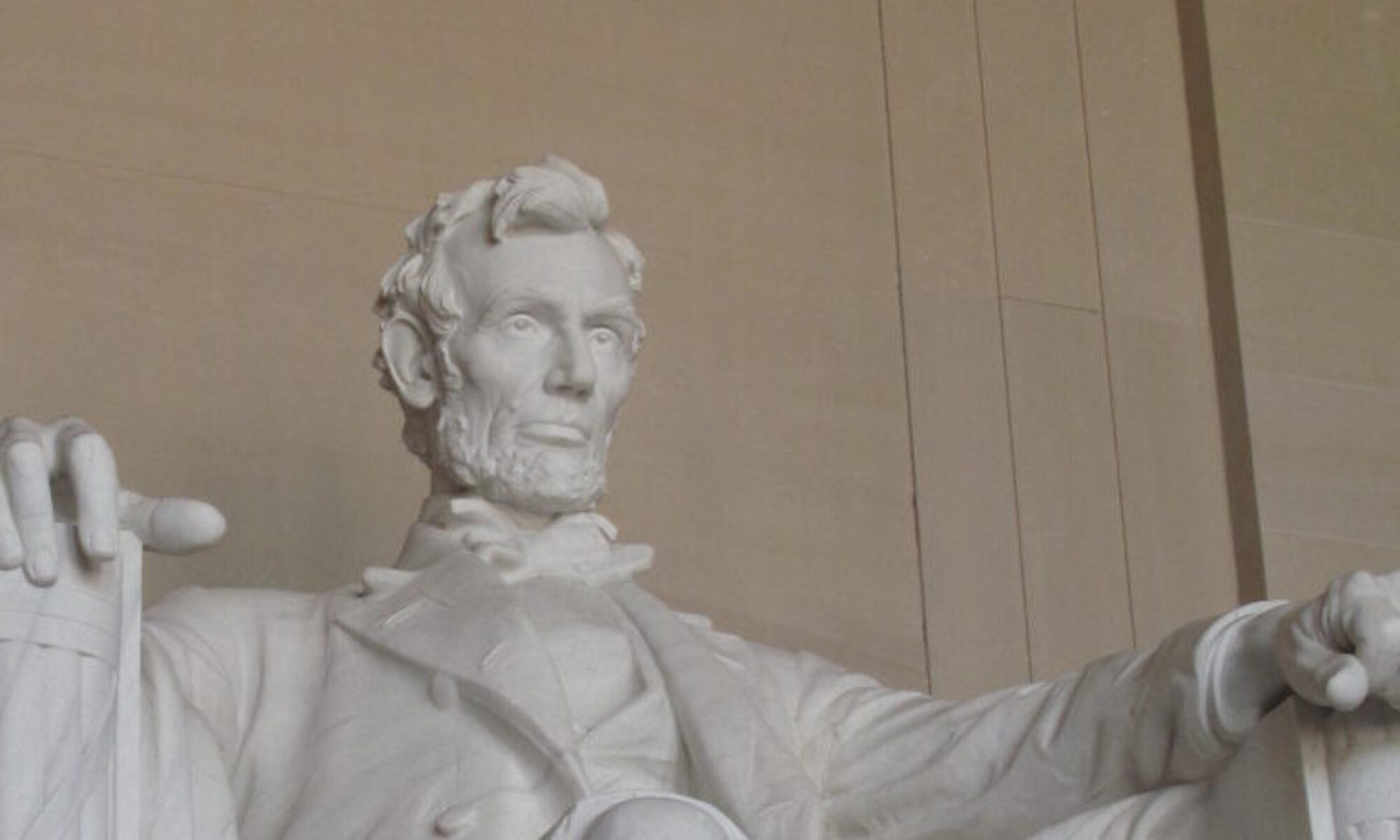Stringed instruments have played a profound role in the musical expressions of western civilization’s development. The vibration of the taunt string to create a musical note is delivered by sliding over the string with a bow, plucking the string, or hammering it. The stringed instrument as the focus of the composer’s musical vision took many forms by the 17th century ,and each fashion of delivering the sound from the string – plucking with the lyre, the guitar, the mandolin, the harp, and the harpsichord; bowing with violin, viola, and cello; and eventually hammering with the clavichord and piano – had equal attraction and performance exposure. The development of the concert hall as the primary means of performance in the 19th century lead to the dominance of instruments such as the violin, and especially piano, capable of projection to the back row, and a resultant decline in relative concert repertoire available to the other instruments. The guitar fell into particular decline as a concert instrument, left to world of song accompaniment and amateurish strumming.
Andres Segovia (1893-1987) changed forever the way the music world looked at the guitar, in a single lifetime. Born in Andalusia, the southern most province of Spain, he could not help but be steeped in the traditions of both the court musician and flamenco artist who were carved from the thousand year history of Moorish and Christian interactions in the provincial towns of Granada and Seville. Though trained in flamenco at a young age, his extraordinary ear for the guitar’s virtuosity capacity as a musical soundboard to rival the piano in expression, intimacy, emotion and complex timbres was unique, and he developed both virtuoso technique and compositional transcriptions of pieces written for other instruments that rapidly opened the musical public’s eyes again to the possibilities of the guitar as a concert instrument. Composers such as Rodrigo, Castelnuovo-Tedesco, and Villa-Lobos collaborated with Segovia in putting forth signature pieces that are popular and important contributors to any major orchestra’s concert series’ today. Additionally, Segovia’s recognition of the power of both new inventions of recording and radio being particularly friendly to the volume limitations of the guitar while capturing its complex intonations, made him a fixture with the public at large. He became the singular voice of musical expression on the guitar, and his style profoundly influenced generations of later concert guitarists in how they would sound, perform, and interpret the music.
Segovia lived to the advanced age of 94, and performed until his last breath. His contributions to music as we know it today, the way we wish to hear it, the composers we consider worthy, and the respect for guitar performance can be summed up in one word – Segovia.
Appreciate a unique exposure to the teacher Segovia in a masterclass for young performers in 1965, then experience the Master performer himself…
